Apple Tree Writing Activities using Depth of Knowledge (DOK)
If we were to walk into an active music room, we would see students singing songs, playing games, moving, and playing instruments, among many other things.
Where does writing fit into an active music room? In addition to copying notation, how can we use writing notation as a part of the learning process so students are equipped to showcase the results of their learning?
Today we’ll explore possible ways to go deeper with writing activities in an active music room, using a framework called Depth of Knowledge.
All the resources in this blog post will be available to download at the bottom of the post.
Let’s jump in!
Writing Music: Beyond Paper and Pencils
For our purposes today, I define writing as using a visual symbolic representation of an aural event that can have a shared meaning between musicians.
Most of the time in music, we are familiar with writing in the context of using a paper and pencil to notate a musical expression through standardized Western notation.
That is certainly a form of writing students will use in an active music class! Extending this idea, however, we have many opportunities to show how musicians depict aural sounds through visual media.
Standard Western notation on a piece of paper is one out of many valuable pathways of visual expression. Let’s look at other ways of showing a visual representation of an aural event, specifically with melodic and rhythmic phrases.
Melodic Writing:
Finger in the air to paint melodic contour
Draw the melodic contour shape on the board
Drag icons on the board to show the melodic contour
Body solfege signs and solfege hand signs
Stick notation with solfege letters underneath
Hand staff
Showing stems up or down with a fist and palm
Solfege buttons
Popsicle sticks
Five-line staff worksheet with pencil or other manipulatives (erasers, bingo chips, etc.)
Rhythmic Writing:
Finger in the air to write rhythms or show long and short sounds
Drag iconic notation over steady beat strips
Popsicle sticks
Human rhythms
Rhythmic building blocks
Rhythmic building blocks
Paper and pencil
Which Way is Best?
Since there are many legitimate ways to notate music, the question of which one to use may not be dependent on which one is the best. Instead, it will likely come down to the purpose of the activity.
Do we need a quick, tactile way to reinforce a visual representation of long and short sounds? Using our fingers to trace long and short lines in the air can be a great way to accomplish this. Are we asking students to aurally identify the solfege to a known song? If so, we might ask them to drag icons on the board to show the melodic contour. Are we interested in doing an extended composition activity across multiple lessons, where students will share their work with another group? Writing with a paper and pencil is a great way to preserve a musical thought and save it for another day.
Not all of these examples use a paper and pencil, but they do link a sonic event with a visual representation. The use case for each writing option will depend on the function the activity needs to serve in the overall learning process.
Depth of Knowledge (DOK) and Writing Activities for Elementary General Music
While we use each of the activities above to develop the same skill (writing), we can ask students to show a different DOK, or depth of knowledge depending on how the activity is implemented.
What are the Depth of Knowledge levels?
Depth of Knowledge is a framework we can use to help ascertain the level of understanding students have about a given topic. The levels range from memorizing information (level 1) to transferring and adapting knowledge in a new situation (level 4). Each level of knowledge goes deeper into the cognitive demand students need to take on in order to complete the learning task.
Let’s look at the levels and apply them to a potential music education setting, focused on writing.
DOK 1: Recall and Reproduction - Students acquire knowledge
When students write music, DOK 1 activities might look like copying notation on the board or on a worksheet.
DOK 2: Skills and Concepts - Students use their knowledge to solve problems
As students write music, they might be asked to fill in a missing measure with the correct rhythm, or transfer a melody to a new placement on the staff
DOK 3: Strategic Thinking - Students use their content knowledge to analyze material
In a music writing activity, we might ask students to find the mistake in our notation and correct it, explaining their thinking and how they arrived at their answer. We might also ask them to dictate a new musical phrase they have never heard before.
DOK 4: Extended Thinking - Students augment their knowledge by thinking about how else their learning might be used in a new situation. This often involves a project that takes up more than one class period, and incorporates other skills or subjects.
We might ask students to transfer and extend the use of their content knowledge by notating their own musical ideas.
Apple Tree Writing Activities using DOK
Apple Tree is one of my favorite singing games of all time! Students love the game that accompanies this song, and there are many possibilities for expanding musical understandings and experiences with the simple melodic and rhythmic content.
The Game:
There are many versions of this game! The one I use is played similar to London Bridge:
Two students take hands above their heads to create an arch. The class steps a steady beat in a circle and sings the song, walking under the arch created by the two students. At the last word of the song, “out,” the students who created the arch lower their hands, capturing one student between them.
Potential Writing Use:
There are many ways we might use this song to develop writing skills in the elementary general music room!
Rhythmically, this song lends itself to exploring steady beat, long and short sounds, rhythm vs beat, ta & ta-di, and 2/4 meter. Melodically, we can use this song to develop sol and mi, and sol-la-sol-mi patterns.
Let’s look at some possible ways to link writing activities with the DOK framework.
All of these activities would take place in conjunction with other play-based, active experiences, and not as the sole learning activities in and of themselves.
Rhythmic Writing Activities
These activities range from imitation to creation.
DOK 1: Trace the Melody
After singing the song and playing the game, students sing the song on rhythm syllables and clap the rhythm of the words. Next, with the notation on the board, students use their fingers in the air to trace the rhythm of the song as they sing.
Explanation: I categorize this as a DOK level 1 because students are being asked to copy existing notation. The goal of this writing activity is imitation.
DOK 2: Notating the Rhythm
The teacher speaks a rhythm using apple and tree, or ta and ta-di. Students notate the order the teacher speaks using printed cards with apples, trees, and rhythmic notation.
Consider speaking the known song patterns first (ta-di ta ta-di ta and ta-di ta-di ta-di ta) before moving to unknown combinations.
These cards are available as a printable PDF and a Google Slides presentation at the bottom of this concept plan.
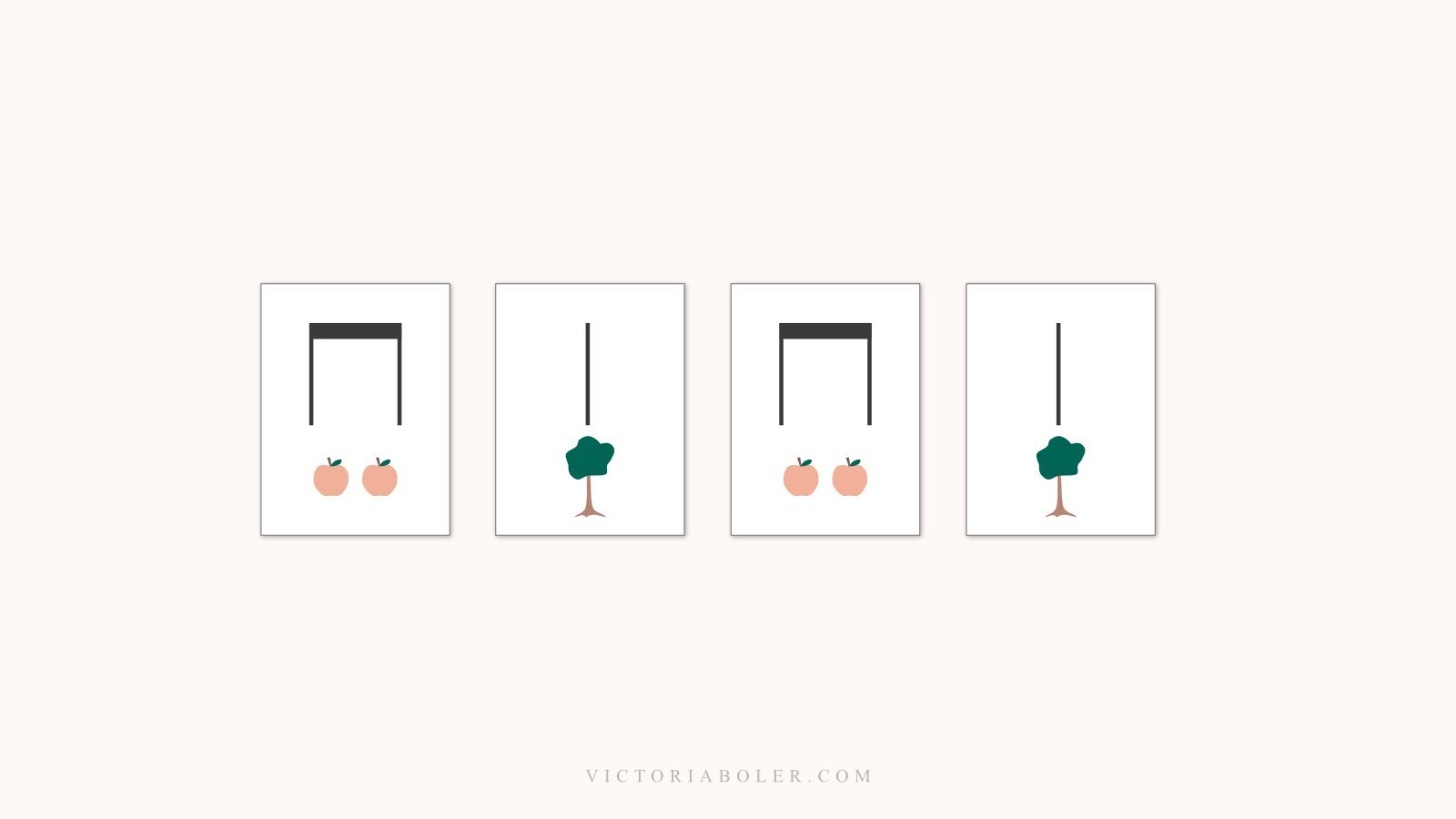
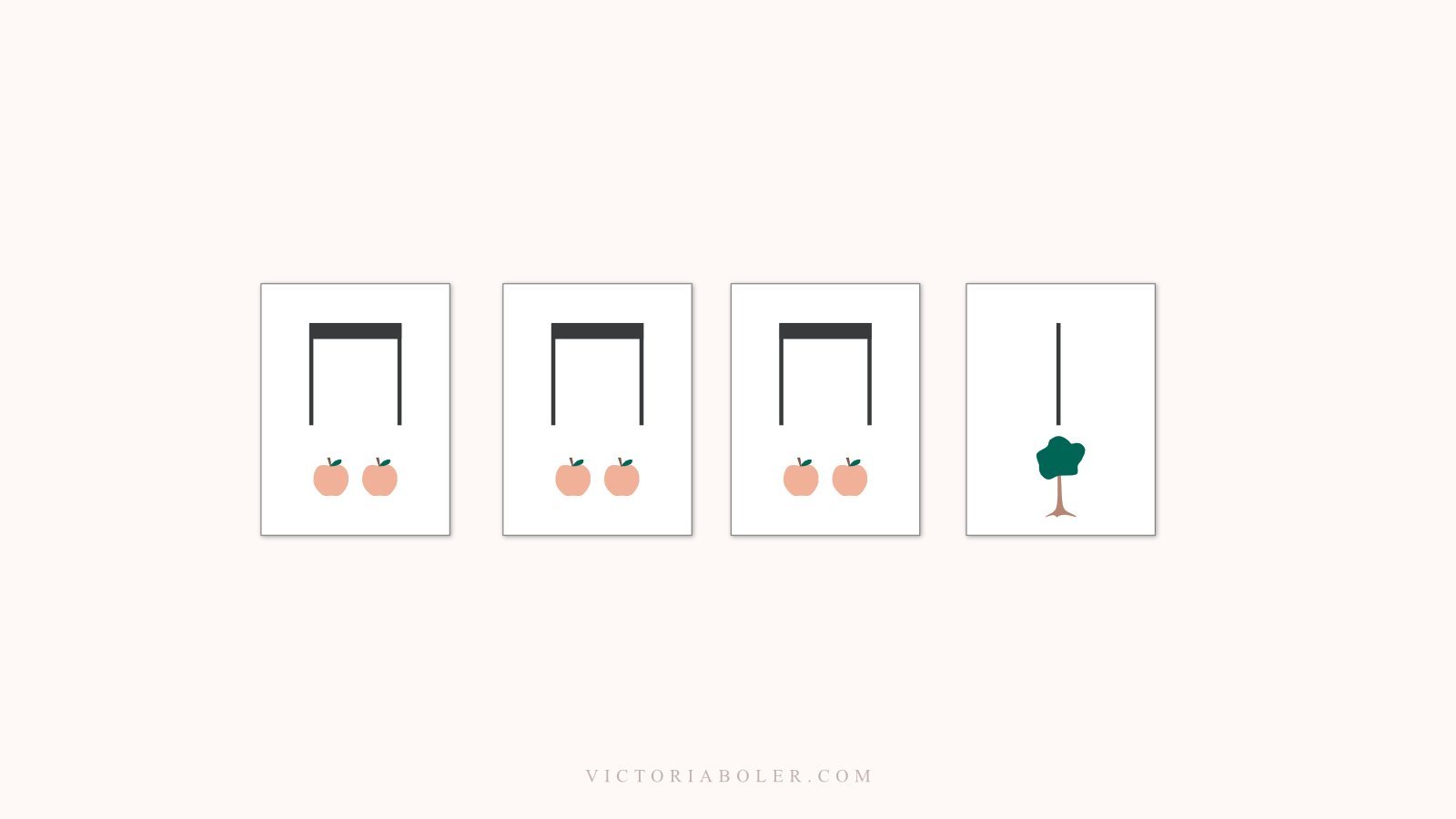
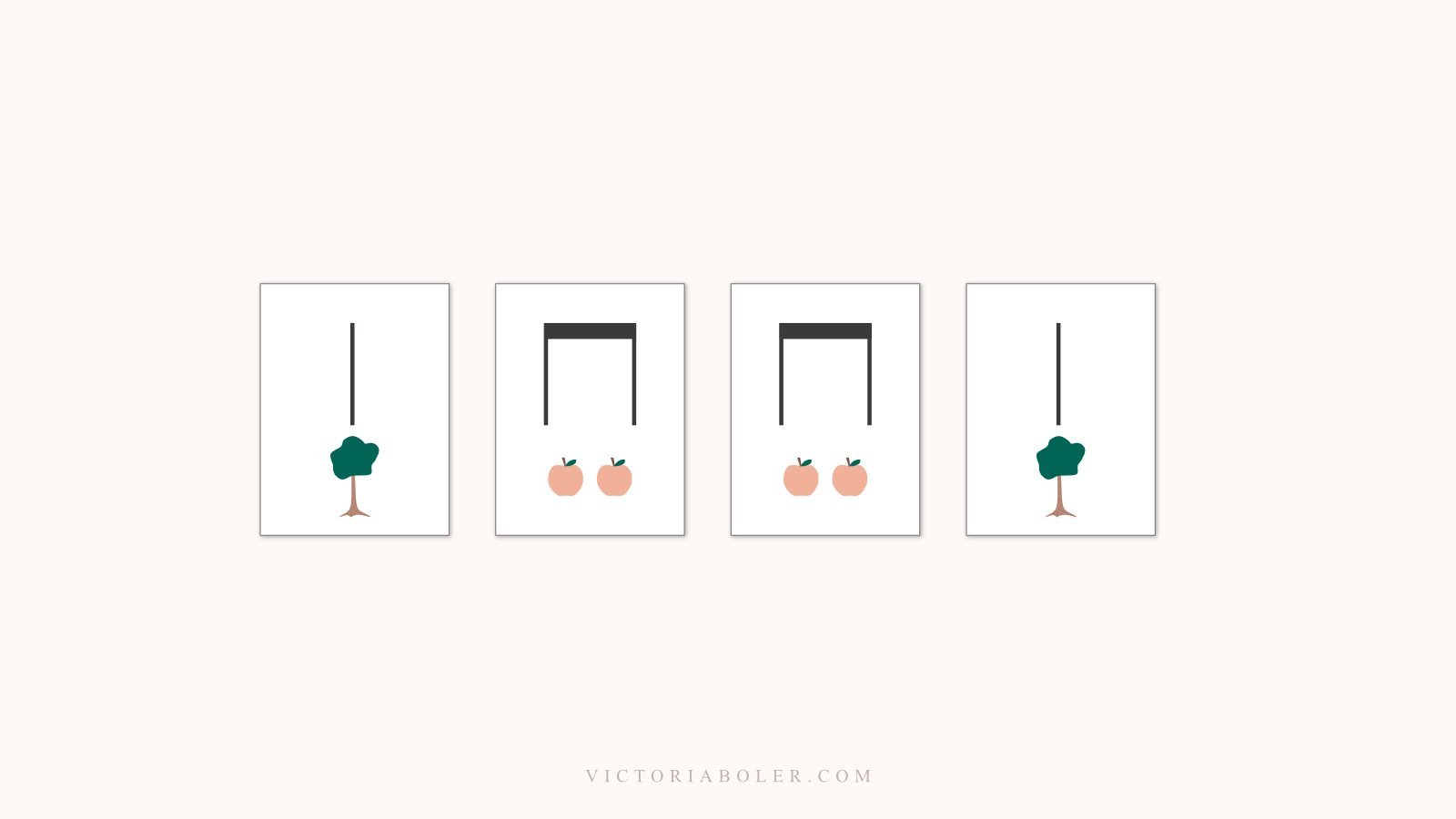
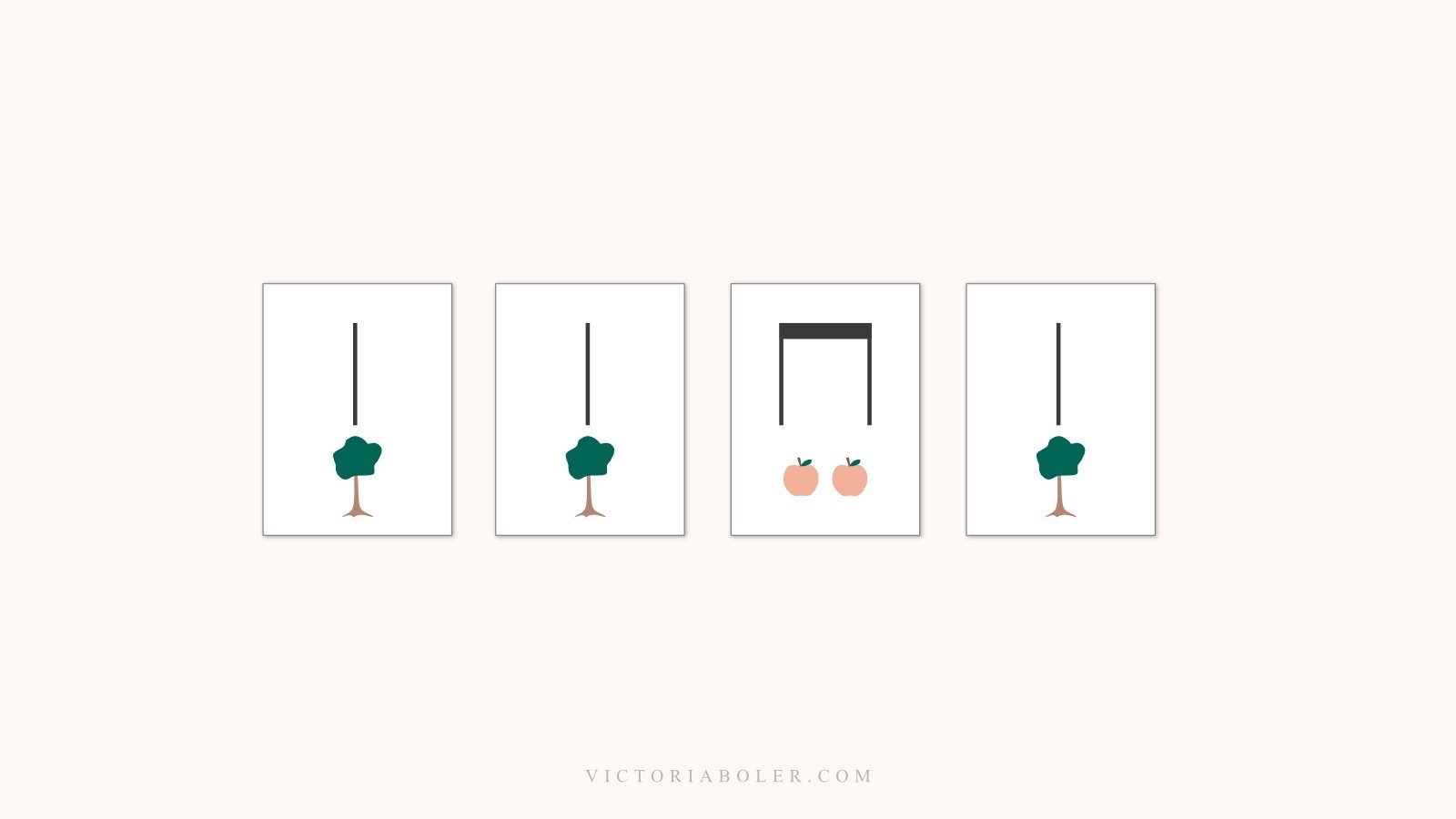
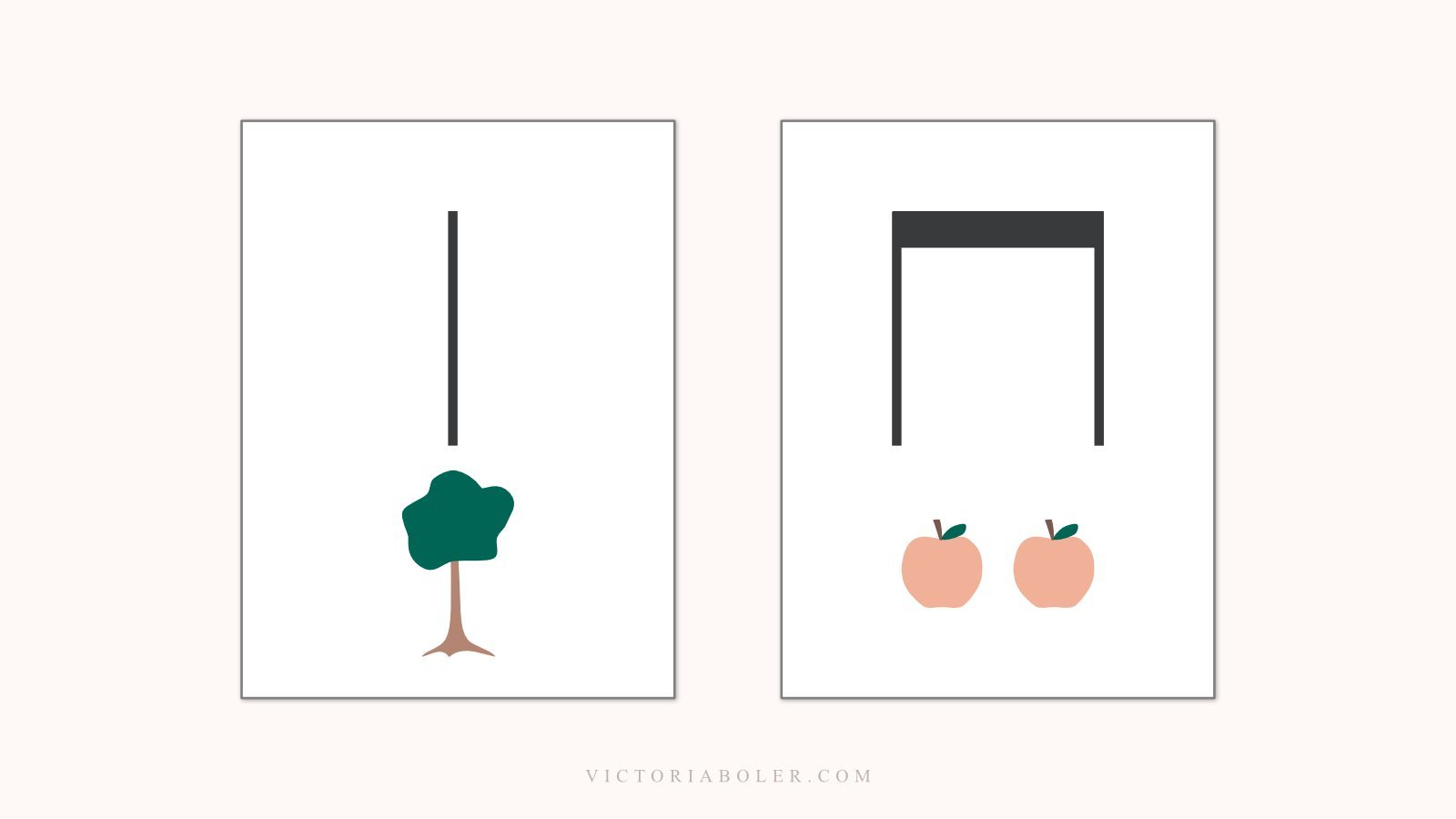
Explanation: In this writing task, students apply their knowledge of sounds on a beat to recreate rhythmic phrases. These patterns move from contextually familiar rhythms (the ones taken from the song) and unfamiliar rhythms (ones the teacher creates). Even though students write unfamiliar combinations, the teacher supplies the correct answer by speaking the rhythm out loud. Further, the cards are supplied for students with the rhythms and rhythmic icons already provided.
DOK 3: Arranging Rhythms
What could we make with all these apples?! Students come up with their own ideas, and then eventually the teacher narrows in to the list on the board:
Apple pie | Apple pudding | Baked apples | Cider
With a partner, students clap the rhythm of the words on the board to figure out their rhythms by ear. With blank cards cut out, students write the text, notate the rhythms in stick notation, then choose an order of cards to perform with their partner.
The image below on the left shows the rhythmic text students will notate. The image on the bottom right shows the accurate notation of the rhythms with stick notation. The image on the right with the correct rhythmic notation would not be displayed during the writing activity.
Explanation: Here, students write unfamiliar rhythm combinations outside the known phrases in the song, “Apple Tree.” Students write the rhythms by ear, without referencing existing notation on the board. They then notate their own order of cards to create a rhythmic arrangement.
Melodic Writing Activities
Let’s look at some possible ways to explore writing melodies based on “Apple Tree.” Like the rhythmic activities, these learning task range from imitation to creation.
DOK 1: Copy the Melody
In these worksheets, students directly copy the melodic fragments from one five-line staff to another. One worksheet has only noteheads. The other includes rhythmic stems.
These are available for download at the bottom of this blog post.
Explanation: I categorize this as the lowest depth of knowledge invitation because students are asked to re-write melodic information already provided on the worksheet. The task here is to accurately reproduce the melodic fragments.
Though both of these worksheets utilize imitation, the worksheet with rhythmic stems in addition to melodic noteheads incorporates more information. Students might choose which worksheet they would like to complete.
DOK 2: Notate Transposed Melodies
After singing the song on solfege syllables while playing the game, students notate the melody by pointing to a hand staff.
Because there is not a clef on this staff, any line or space can correspond to any solfege syllable. This allows students to practice transposing the melody to many different positions.
After students have practice writing the melody in several keys following the slides on the board, the teacher displays the empty hand slide and asks students to notate the melody starting on a new line or space.

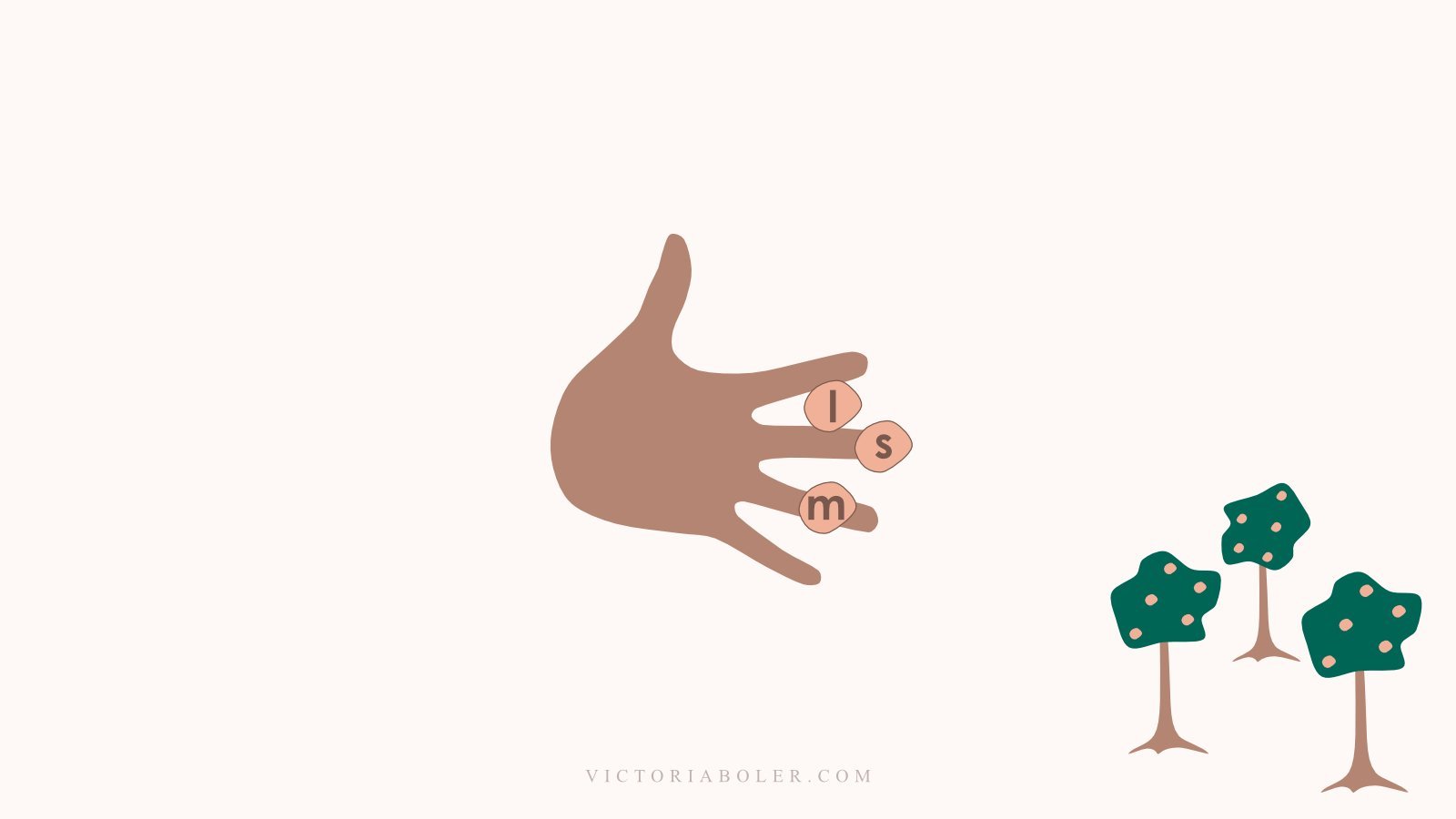

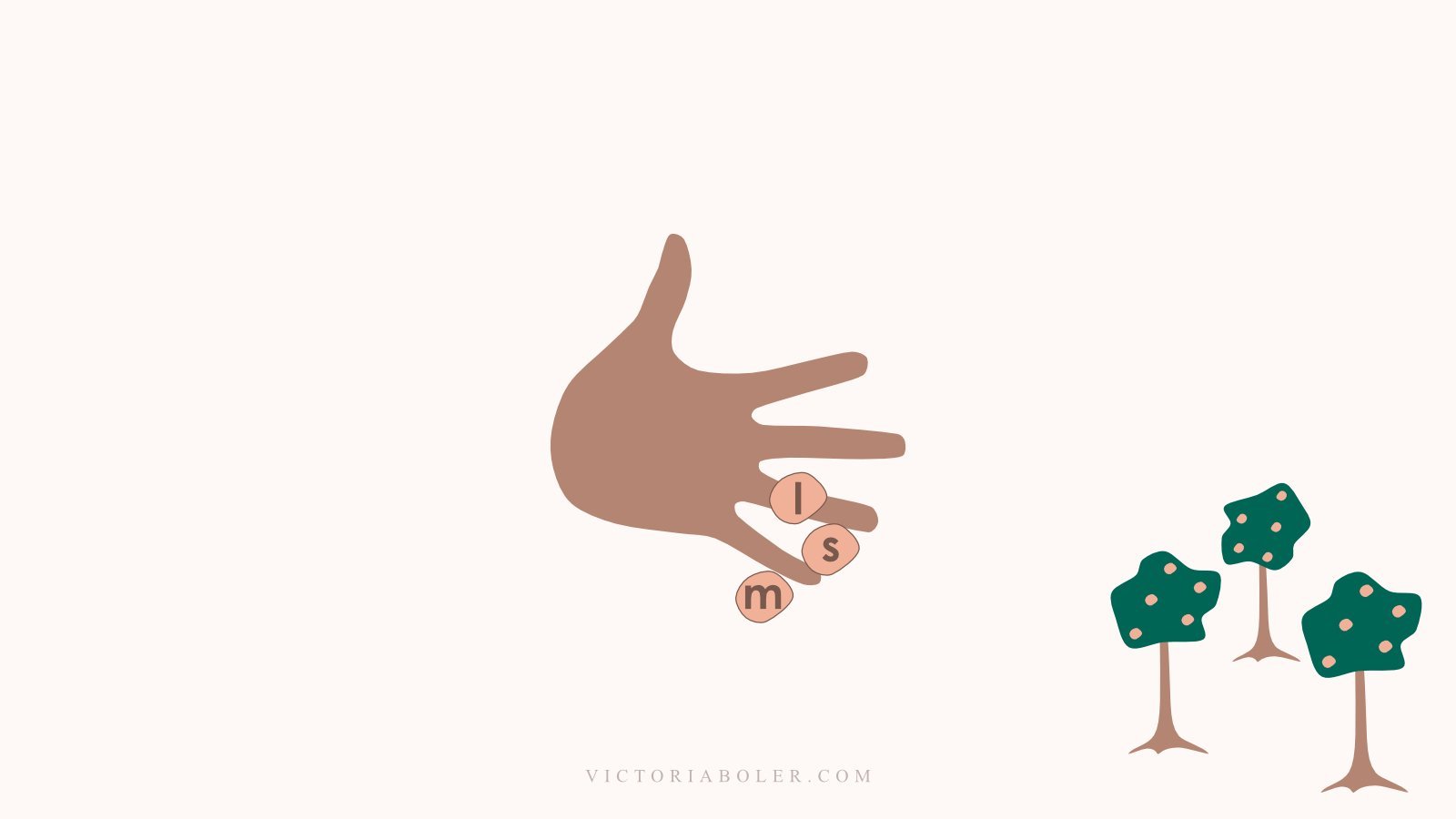
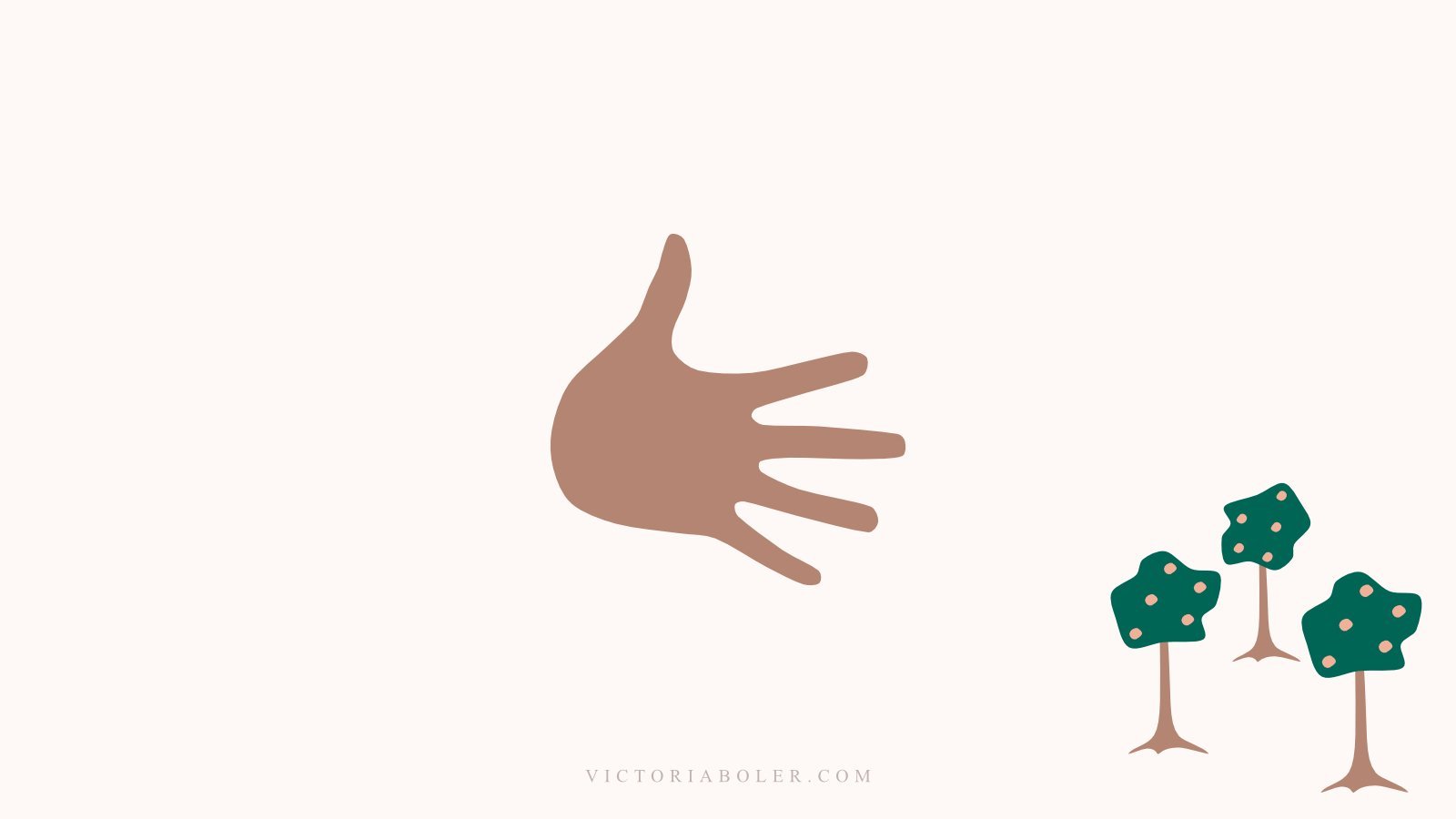
Explanation: In this task, students move from copying the melody on the hand staff to transposing the melody to a new location.
DOK 4: Apple Compositions
What might we do with all these apples? Over the course of two or three lessons, students develop an apple composition idea, notate it, practice, and eventually share it with their peers.
Students begin by imagining what they might do with the apples that have fallen to the ground from the song:
We could cut the apples into slices and eat them at a picnic.
We might bake an apple pie.
We could make apple cider - but be sure to blow on it because it’s hot!
When students have their idea, they turn to a partner. Together, both students figure out a way to sing the idea with solfege hand signs and a sol and mi melody, or a sol-la-sol-mi melody, depending on the learning target for the song.
With their melodies created, students are ready to write them down on the five-line staff.
When their melodies are notated, partners can choose if they’ll perform their compositions with one of the following options, or a combination of options:
Singing on solfege with solfege signs
Singing on text
Singing with movements they create to act out the text
Singing and playing the melody on barred instruments
After students have had time to practice, groups pair with another group and share their apple compositions.
Explanation: I categorize this task as level 4. Writing is an important part of the task, but it is one piece of the assignment which calls for students to collaborate and perform their compositions. Instead of copying or altering existing notation, students create the melody they write and choose where to notate it on the staff.
When students notate a visual representation of music, they capture a musical moment and preserve it in time. This is one of the many ways we help students communicate musical ideas and move toward musical literacy.
Proficiency in notational writing is a skill young musicians can work on and advance over time. When we design writing tasks through the lens of the Depth of Knowledge levels, we can develop creative writing invitations that bring students closer to notating the sounds they hear around them, and equally important, the music they create themselves.
References & Further Reading:
Aungst, G. (2014, September 4). Using Webb's depth of knowledge to increase rigor. Edutopia. Retrieved February 10, 2023, from https://www.edutopia.org/blog/webbs-depth-knowledge-increase-rigor-gerald-aungst
Francis, E. M. (2017, May 18). What is depth of knowledge? ascd.org. Retrieved February 10, 2023, from https://www.ascd.org/blogs/what-exactly-is-depth-of-knowledge-hint-its-not-a-wheel
McTighe, J., Doubet, K., & Carbaugh, E. M. (2020). Designing authentic performance tasks and projects: Tools for meaningful learning and assessment. Hawker Brownlow Education.











